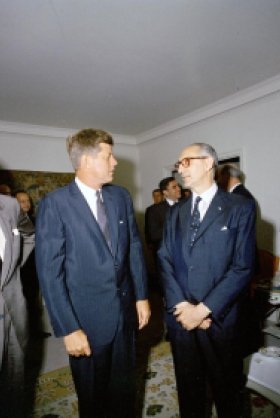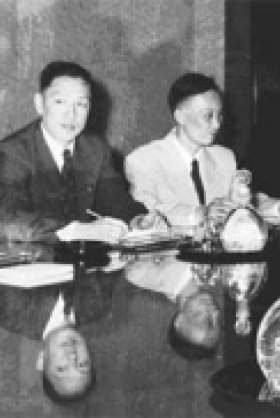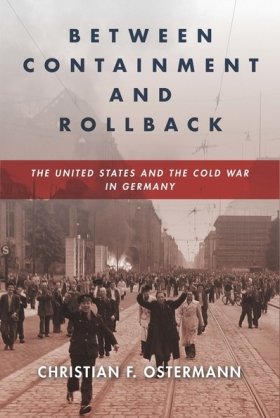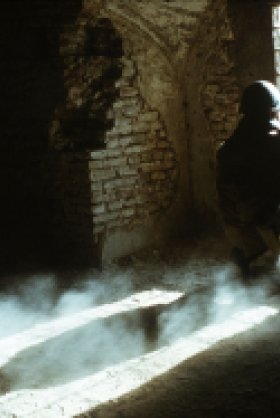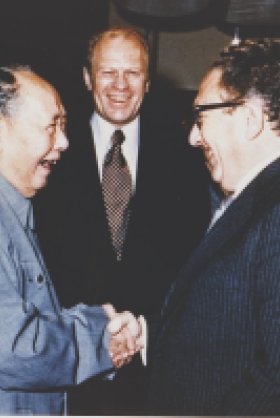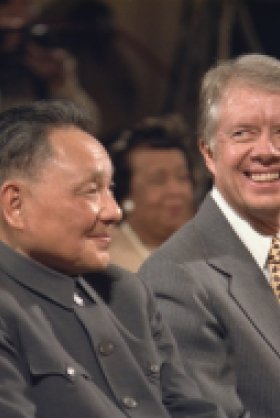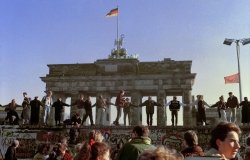Pictures of Kim Jong-il Come Down: Historical Perspective from Balazs Szalontai
Hungarian scholar and CWIHP Partner Balazs Szalontai, author of "'You Have No Political Line of Your Own': Kim Il Sung and the Soviets, 1953-64," CWIHP Bulletin 14/15, sent the following commentary from Seoul.
Media accounts of the recent removal of pictures of Kim Jong Il from certain locations in North Korea usually interpreted the action as a sign that the leader's position is weakening, or even that his downfall is imminent. My examination of Hungarian documents on North Korea shows, however, that such action was taken several times from 1956-76, always as a move initiated by the leadership itself.
In August 1956, following the 20th CPSU Congress and Kim Il Sung's visit to the USSR, Kim's cult was temporarily toned down, apparently in response to Soviet de-Stalinization. In the first half of 1966, when North Korean-Soviet relations were gradually improving after three years of hostility under Khrushchev, several large portraits and statues of Kim Il Sung were removed from the Museum of Fine Arts and other public buildings. This was at least partly a gesture toward the Soviets, whose economic and military assistance Pyongyang badly needed. In the first half of 1976, pictures of Kim Jong Il suddenly disappeared from offices for a time. This was a period when North Korea sought to improve its relations with West European and Third World countries, and the leadership seems to have become aware that its dynastic succession produced a negative impression on many foreign visitors and was greatly exploited by South Korean propaganda. While domestic factors also must have played a role in these steps, external ones should not be ignored.
The recent removal of Kim Jong Il's pictures seems similarly to be not merely an outgrowth of the changes in North Korean domestic policies over the last few years, but also at least partly a message aimed at the foreign audience. The dictator's attempts to tone down his cult probably reflect his intention to respond to the re-election of President Bush and the increasing American criticism of Seoul's "Sunshine Policy." Suggesting that there is a power struggle going on in Pyongyang would send a message that further US pressure would play into the hands of the North Korean "hawks." Moreover, a reforming regime should be rewarded with concessions, rather than threatened with tougher action. The historical record suggests that if this message, whose importance seems quite great by North Korean standards, is not appreciated, Pyongyang is likely to become even more uncooperative.
Related Program

Cold War International History Project
The Cold War International History Project supports the full and prompt release of historical materials by governments on all sides of the Cold War. Through an award winning Digital Archive, the Project allows scholars, journalists, students, and the interested public to reassess the Cold War and its many contemporary legacies. It is part of the Wilson Center's History and Public Policy Program. Read more
